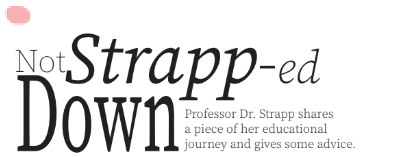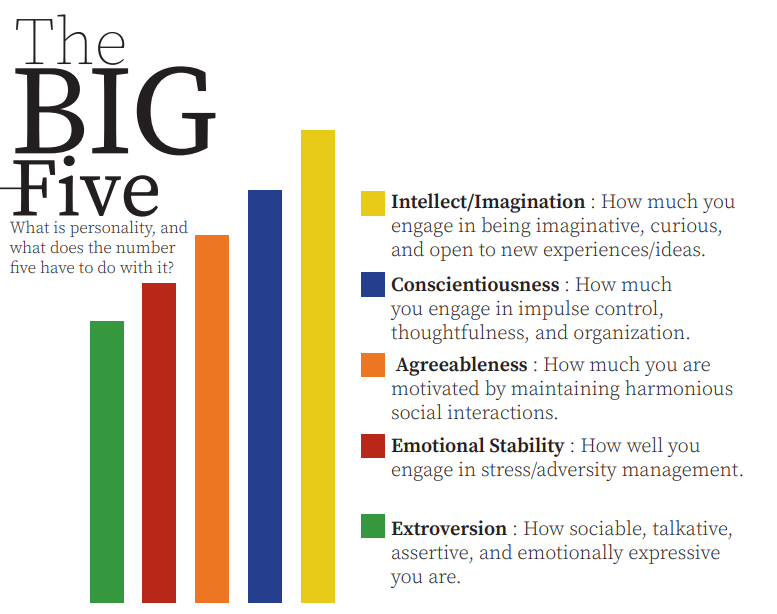Click to open the full PDF!
Not Strapp-ed Down

Keeping options open.
While an undergraduate studying architecture at Virginia Tech, Dr. Strapp enrolled in a Psychology course where she observed psychological concepts in action. From here she began working at after-school programs and summer camps that exposed her to the world of child psychology.
Change of plans.
Soon after, Strapp had a graduate school apprenticeship where she began work in research and education. Today Strapp continues to engage in research alongside her position as professor, most recently analyzing the influence of technoference (the influence of technology
in communication) on parent/child communication. “Don’t feel like you have to have
it all figured out,” Dr. Strapp said, “because it can change. Keep [your] options open, keep
collecting information, keep trying to figure out what you want to do, you don’t have to have
it all figured out as an undergraduate.” Story by Lyle Van Soolen
The Big Five

Personality Unpacked. The way someone interacts with and reacts to the world, their personality, may be considered the interaction of many pieces. These “pieces” are known as personality traits/factors. What these traits are and how they form personalities though, have many proposed answers depending on the chosen theoretical model.
The Fifth Element. Developed in the late 1900s, the research that would inform this model was based on what is known as the “lexical hypothesis”, which proposes that the core traits of personality are present in language. Making the process of identifying personality factors a matter of finding trends in every-day adjectives used to describe someone’s character. The five factors for which the model is named, represent the five trends identified by the factor analysis of extensive interviews. Today, the Five Factor Model is the most widely accepted and used model for personality research.
Treating personality traits as dimensions, the model uses a sliding-scale approach for identifying factors rather than a binary “introvert vs. extrovert” style test. This means each individual will have a score in each of the five dimensions, but factors that are more prominent in the individual’s personality will subsequently have a higher score. Below is a link to a digital version of the test so you can see how you score. Story by Zephyr Irvine




